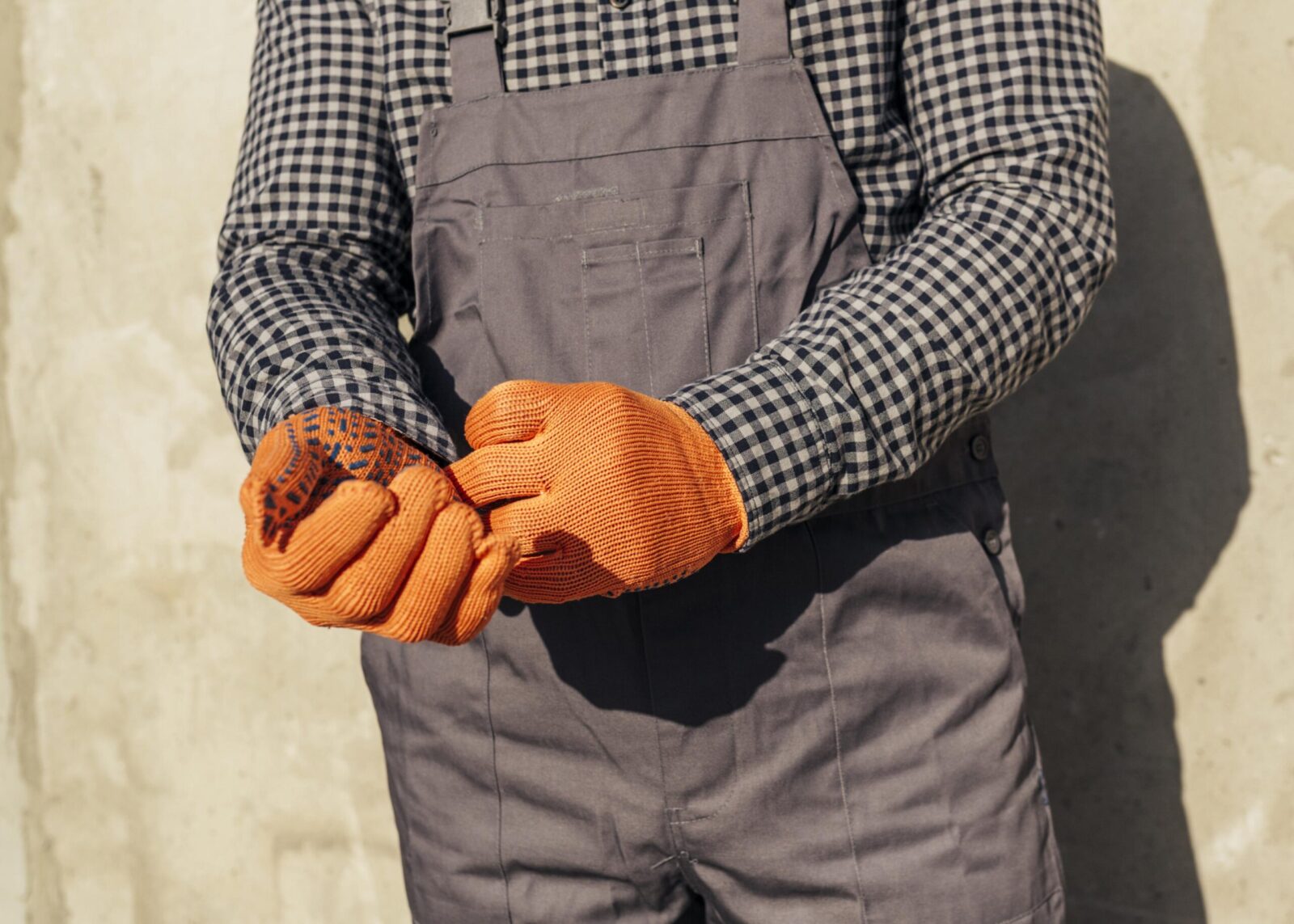
Arc Flash Gloves: Selecting the Right Protection
Choosing the right Arc Flash Gloves is key to ensuring your safety in high-risk environments like electrical maintenance or construction....

Get 20€ off on your first order!
Insulated work gloves are essential protective equipment for workers in industries requiring thermal protection. Whether handling cold materials, working in low-temperature environments, or needing safety from heat, these gloves provide the necessary barrier to maintain comfort and safety. This guide explores their features, types, standards, and best practices for selecting the right insulated work gloves.
Insulated work gloves are special gloves that are made to keep workers’ hands safe from intense heat or cold. They are made of materials that stop heat from moving, so the user’s hands stay safe and useful in a range of situations.
The market provides several kinds of insulated gloves, each appropriate for particular jobs and surroundings.
European workers depend on gloves that meet rigorous safety criteria. Knowing these criteria guarantees wise choice of insulated gloves.
The choice of material determines the glove’s performance, durability, and comfort.
Selecting suitable gloves takes one into account particular task criteria and climatic conditions.
| Task | Recommended Material | Key Feature |
| Outdoor construction | Leather, Thinsulate™ | Cold-weather insulation |
| Welding | Kevlar®, aluminized fabric | Heat resistance |
| Food storage and handling | Neoprene, fleece | Waterproof and warmth |
| Glass manufacturing | Kevlar®, silicone | Heat and cut resistance |
Proper maintenance ensures that insulated gloves provide long-lasting protection.
Measure your hand’s circumference around the palm and consult the manufacturer’s sizing chart. Proper fit ensures optimal comfort and functionality.
While versatile, it is crucial to match gloves to specific environmental and task requirements, such as waterproofing for wet conditions or heat resistance for high-temperature tasks.
Usually following prolonged usage in severe situations, replace gloves when they show signs of wear, poor insulation, or damage.
Indeed, some producers of gloves use environmentally friendly techniques or sustainable materials. Find credentials in product descriptions.
Insulated work gloves are indispensable for maintaining safety and comfort in industries requiring protection from extreme temperatures. By understanding their features, types, and compliance standards, businesses and workers can make informed choices to ensure maximum performance and safety. With a wide range of options available, selecting the right gloves tailored to specific needs can significantly enhance workplace efficiency and safety compliance.
Thank you! You've signed up for our newsletter.



















Choosing the right Arc Flash Gloves is key to ensuring your safety in high-risk environments like electrical maintenance or construction....

Choosing the right Rubber Insulating Gloves is essential for safety in electrical work, but with so many options, it can...

Are you looking for the right electrical insulating gloves to ensure your safety? This guide will help you understand the...

Choosing the right Arc Flash Gloves is key to ensuring your safety in high-risk environments like electrical maintenance or construction....

Choosing the right Rubber Insulating Gloves is essential for safety in electrical work, but with so many options, it can...

Are you looking for the right electrical insulating gloves to ensure your safety? This guide will help you understand the...
Get 20€ off on your first order!
Save 30% by buying directly from brands, and get an extra 10€ off orders over €100
Save 30% by buying directly form brands, and get an extra 10€ off orders over €100